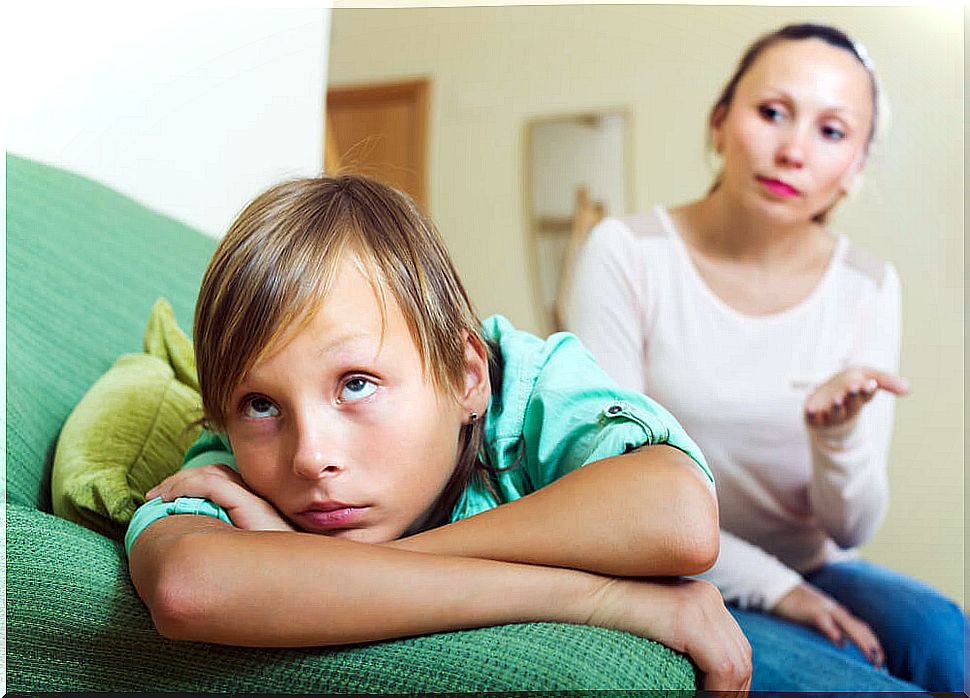Positive And Negative Consequences: What Are They? When To Use Each One?

It can be tempting to only think of consequences in terms of the negative, such as punishing your child when he hits his sister. However, positives for good behavior can also be an effective discipline tool.
These influence the likelihood that a child will be able to repeat a specific behavior.
Refusals can deter bad behavior . Positive ones increase the chances that your child will repeat a good behavior.
How do the consequences work?
They provide motivation even for adults. For example, it is very likely that you are going to work because you want to receive a positive consequence in the form of a paycheck.

You may be trying to slow down while driving because you want to avoid the negative consequence of getting a speeding ticket. The same goes for your children.
Make them more effective
One of the keys to making effective consequences is that they must be consistent . If you only send your son to wait half the time when he hits his brother, he may decide that hitting his brother again is worth the risk.
However, if you know that every aggressive behavior always results in a timeout, you will stop hitting your brother to avoid the consequence. They also work best when they are immediate. Children need immediate feedback on their positive and negative behaviors.
If children have to wait two weeks to win one reward , you cannot reinforce good behavior today. Offering an immediate positive consequence will increase the chances that your child will repeat the behavior.
Positive consequences
You can observe how your child responds when he behaves well. What do you do when your child follows directions or when he is playing quietly? If you are like most parents, you can say nothing. Good behaviors often go unnoticed.
Reinforcing it with a positive consequence can actually encourage it to continue longer, or more often. Your child does not need a reward every time he does what he should, but a praise or a small reward once in a while can be effective.
Examples of positive consequences
Positive consequences come in many forms. Attention is one of the greatest reinforcers. Talking to your son, Playing And by acknowledging it, you can encourage him to keep up the good work. Appreciation is another great positive consequence.

If you say “Thank you for putting his plate in the sink,” your child will be encouraged to do it again next time. Other positives may include tangible rewards.
Rewards can include things like winning a new toy, but they don’t always have to cost money.
Make sure to apply negative consequences after negative behaviors
Negative consequences must be executed to discourage negative behaviors. However, many children get a lot of attention to negative behaviors and end up seeing it as a positive thing.
For example, a child who does not eat what has been served may receive a great deal of parental attention when:
- Parents frequently point out their eating habits
- They ask you several times if you want to eat
- They ask you to eat “just one more bite.”
These types of behaviors can encourage you to continue your eating habits and make them picky. The attitude The correct way would be to tell the child that he will not be able to leave until he has finished all his food. Sure, you must also comply.
Examples of negative consequences
Refusals can include anything that might discourage your child from exhibiting the new behavior. Consequences should be age appropriate and specific to your child’s personality and activities.
A child who enjoys video games may respond well if video game privileges are lost overnight due to not following instructions.
There are different educational models and punishment can be used as a temporary measure, but it is important that there is communication with the children and ask what is happening to them.
Sometimes, through these behaviors that seem negative or unwanted to adults, children try to get our attention to tell us something.









